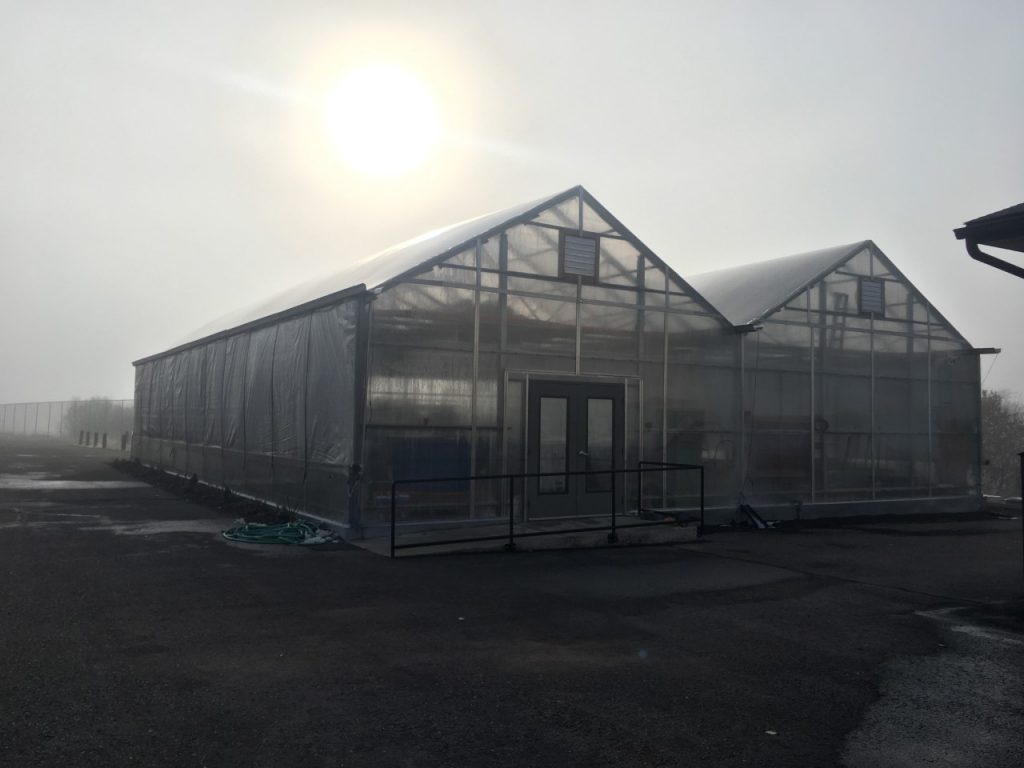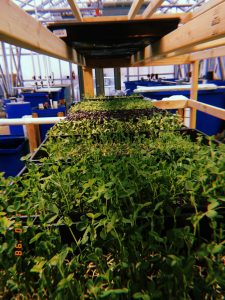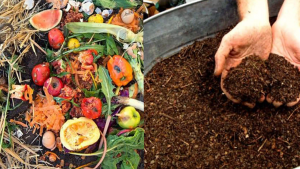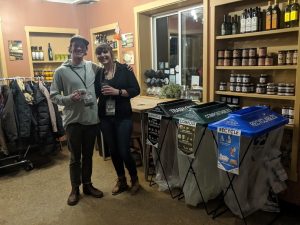By Olivia Kersey-Bronec
I walk into a classroom of eager first graders sitting patiently on the rug waiting to learn about the greenhouse. They visited the greenhouse in kindergarten and excitedly explained to me how they caught fish and looked at plants. Most of the students in Frenchtown can tell you all about our greenhouse and how our aquaponic system works. Yet some are still unclear about how the whole thing operates. This particular class of first graders, when asked why we have fish in our greenhouse, informed me that the fish help carry the water to the plants. Although this idea of fish dictating water flow is a fun concept to think about, it’s important that our students understand how our greenhouse works. For the past month I have visited every classroom to teach all Frenchtown students the fundamentals of our system and about the three key elements; the fish, bacteria, and plants. We started each lesson by following a drop of water as it travels through our system. Next, I ask the class what would happen if we were missing one of our three elements. Without the fish, there would be no nutrients for the plants, without the bacteria the plants would be unable to access the nutrients, and without the plants our fish would not have clean water. Thus creating a totally self-sustaining cycle.
Teaching students about the symbiotic relationship between each part of our system is key for learning about sustainability. This self-sustaining system leads to a deeper understanding of sustainability and how we create agriculture programs that do not negatively affect the environment. Rather, working with both aquaculture and agriculture to provide sustainable food for our students. A huge aspect of sustainability is creating and maintaining self-sustaining processes. We compost our food waste back into the ground which provides nutrients for the new food we grow and eat, whose waste we compost back into the ground. The cycle sustainably supports itself. We recently started composting in the cafeteria one day a week, providing the students with another example of what a sustainable cycle looks like.
Our greenhouse provides local, fresh, organic lettuce to the students of Frenchtown, but it also provides them with a very concrete example of what a sustainable growth cycle looks like. We end each of our lessons talking about rules and expectations within our learning greenhouse. Students enthusiastically suggest rules such as no touching fish or eating plants. They talk about being respectful of our special space in order to be able to continue learning and visiting when they reach second grade. At first grade, these students understand that if we do not treat a space with respect, we may break it resulting in us being unable to enjoy it. At what age do we lose this basic understanding of our world and earth? That without respect and understanding of how ecosystems and cycles work we could break our earth.
My favorite rule that a student suggested for our greenhouse was to be kind to the plants. She informed me that kindness helps plants grow. I told her that sounded like a great rule and maybe we should apply that rule beyond our greenhouse and plants. That being kind to all living things helps growth.









